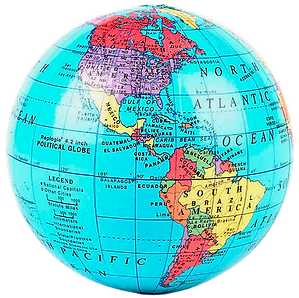Contextual information about Bolivia




The Plurinacional State of Bolivia is located in South America and borders Argentina, Brazil, Chile, Paraguay and Peru. Bolivia’s geography and climate differ in every region and part of the Andean Mountain Range is in Bolivia.
There are 36 indigenous peoples/communities in Bolivia. The Quechua and Aimara being the largest populations in the Andes and in the country. With Aimara being the largest in the municipality of El Alto (where we work). This municipality is in the high plateau (altiplano) of the western Andean Mountain Range (in the west of the country) at an altitude of 4050m. It is arid, deserted and the altitude makes it cold, with average temperatures of 8.1°C and 600mm of precipitation. In contrast to the eastern part of the country where people live at sea level and in the tropics.
The World Bank estimated that in 2019 there was a 12.6% prevalence of undernourishment in Bolivia (compared to 2.5% in Germany, Spain, the United States and Canada). At the same time obesity is a growing issue because of low prices for junk food and lack of nutrition education. According to the world bank in 2003, 9.2% of children under 5 years of age were overweight and in 2016 10.1%, this it to say there is an increase in the amount of the population who are overweight.


